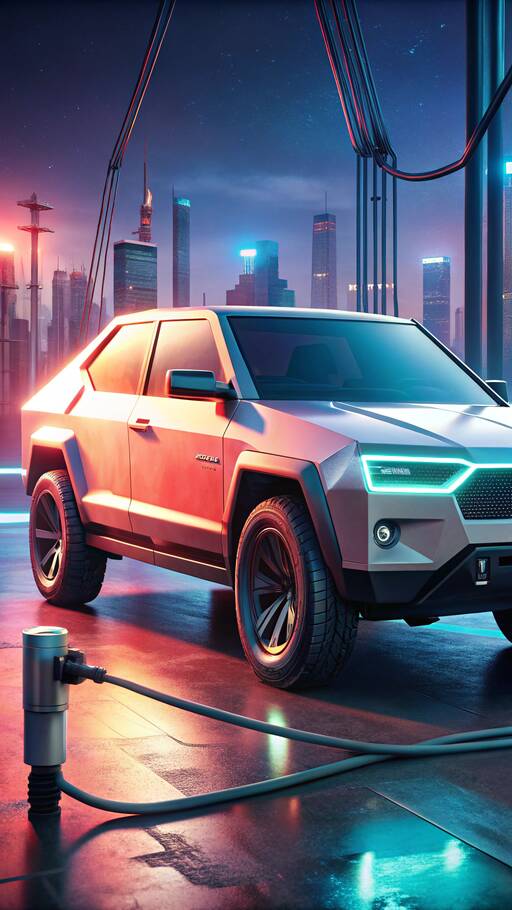
The SAE J3400/2 standard sets the physical and mechanical standards for EV connectors and charge ports. It ensures:
- Faster, safer EV charging
- Interoperability through standardized 2D and 3D design specifications
While the look of the new chargers largely remains the same, there are some adaptations such as:
- Increased spacing between terminals for improved voltage and power flow
- Compatibility with current 500-volt systems
The design aligns closely with Tesla's Cybertruck, which is the first 1,000-volt model by the company.
To avoid design conflicts, the standard specifies:
- Geometric clearances for a seamless connection between the charger handle and connector
- Space considerations around ports to prevent interference
Past issues with adapters required physical vehicle modifications, but this standard aims to eliminate such concerns.
The J3400/2 completes the SAE J3400 family:
- J3400: Defined the North American Charging System (NACS), outlining general electric vehicle requirements
- J3400/1: Detailed adapter specifications for NACS connectivity
In China, examples like BYD's Super e-Platform illustrate the potential with:
- 1,000-volt charging at 1,000 amps for rapid charging (10C)
- The possibility of recharging 250 miles in 5 minutes
The long-term impact on battery health remains uncertain, but solid-state batteries offer hope for sustainable ultra-fast charging.
Summary: SAE J3400/2 brings us closer to the reality of megawatt DC fast charging, setting new standards for safety and efficiency in EV charging connectors and ports. As this technology evolves, it promises faster charge times while maintaining compatibility and seamless integration across systems.